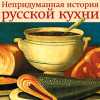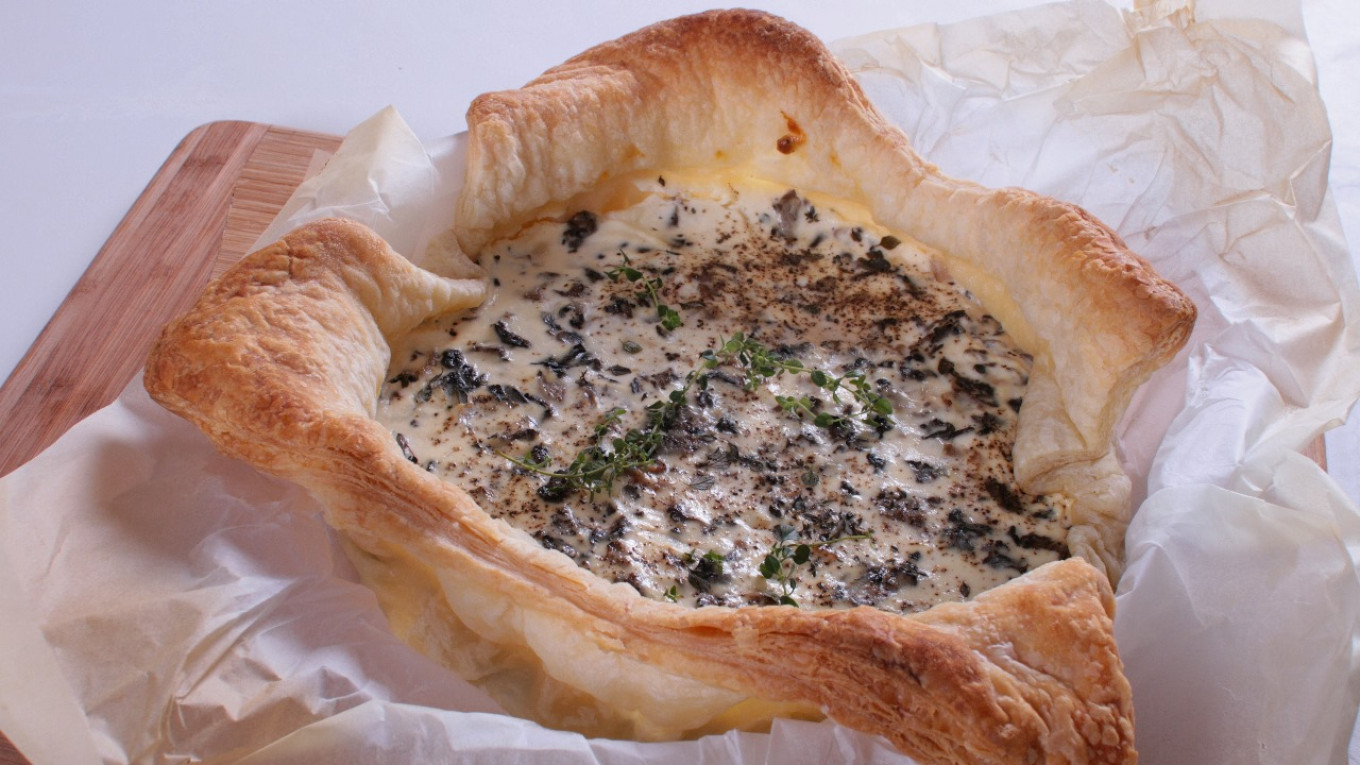Here’s a strange bit of trivia: mushrooms are almost never mentioned in Old Russian chronicles and sources. Does that mean no one ate them? No, on the contrary, it was so common to gather, dry and cook mushrooms that no one thought of writing about it.
But mushrooms highlight the differences in the diet of medieval Western Europe and the Slavic lands. "Over the centuries, the productivity and nutritional value of cultivated plants and domestic animals came to be valued more as the 'wild' component of the economy and diet diminished," noted Italian cultural historian Massimo Montanari.
Not that mushrooms weren't eaten in Western Europe. Many cookbooks of the 14-16th centuries mention them along with advice on choosing and preparing them. It’s another matter that they did not become a significant part of their diet. This is in sharp contrast with the Russian model of nutrition, which kept the large share of mushrooms almost unchanged in the daily diet over the centuries.
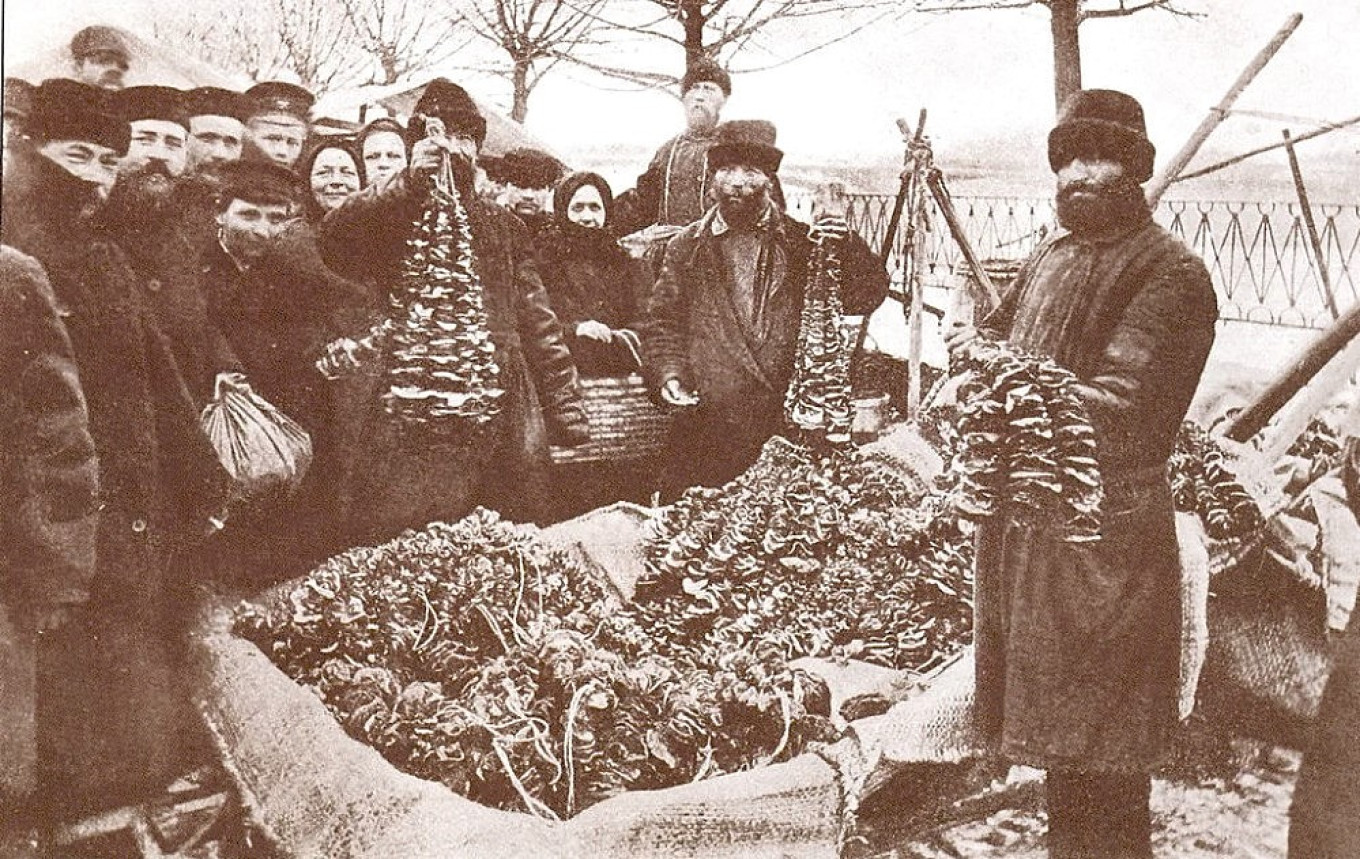
In the 17th century mushrooms played a starring role in a corruption scandal. A note sent from the Grand Palace to local chieftain Kablukov in the town of Kineshma on December 24, 1689 tells the story. The chieftain had sent 248.25 poods (almost 4 tons) of dried mushrooms to the tsar in Moscow. To purchase the mushrooms Kablukov had used money he expected to get in taxes from the settlements and peasants in his area. He had expected to get 208 rubles, 3 altyn and 5 denga (about 11½ kopeks). In his missive he made the mistake of noting that the 4 altyn and 3 denga (about 14½ kopeks) he expected in taxes wouldn’t cover the cost of the mushrooms. Considering that Kablukov was already stealing from the treasury (which was well known in Moscow), asking the treasury to pay for his theft was too insolent to bear. The reply from the Grand Palace was mocking. The chieftain was told to credit the money paid for the mushrooms to the tax revenues for the current year, and to send the 4 altyn and 3 denga (14½) kopeks) to Moscow from his own money, "since he was not supposed to make a profit from his expenses.”
Morels were not mentioned in the earliest extent sources. They first appear in "Domostroi" in the 1550s: "At Easter time when meat is served, dishes at the table include... pork, ham and morels." Morels appear in the paintings of royal dishes (1610-13), where the monarch's table may have “ставец [a bowl with a lid] of morels." From then on, morels were frequently included in descriptions of meals. Swedish diplomat Johan Philip Kilburger wrote in 1674 that "morels grow abundantly in Moscow."

Today in Russia, morels (сморчки) are often mentioned with other mushrooms — false morels (строчки). They are indeed very similar in appearance. But false morels are not mentioned in medieval sources. The word for them (строчки) only appears in the 19th century.
It seems unlikely that there were no false morels until then. It is more likely that there was no distinction made between the two kinds of mushrooms. In the encyclopedia they look very different from one another. In real life morels and false morels have so many variations that it’s hard to determine which is which and easy to mistake one for the other.
So what happened in the 19th century to make us realize that false morels were a different mushroom? Ah, the idyll of our national cuisine was ruined by Europe.
Foreign chefs began to arrive in the country in great numbers. And what did they see? They saw Russians eating a mushroom that was considered terribly poisonous in Europe. Here it should be added that false morels were known in Europe since ancient times, and they were always considered poisonous. It turns out that European false morels really were more dangerous than Russian false morels. For some reason the farther north they grow, the less poisonous they are.
But they weren't always deadly.
The Acts of the Imperial Vilna Academy describe the following case: On April 28, 1837 morels (or maybe false morels) were boiled in a cast-iron pot. Four people ate them and got ill. The mother died on the third day. The daughter Karolina Zanevich, 15 years old, experienced burning pain and severe thirst. But the two men who got sick chose the simplest — and as it turned out — most effective antidote. They “gave themselves the vodka cure.” And it worked!
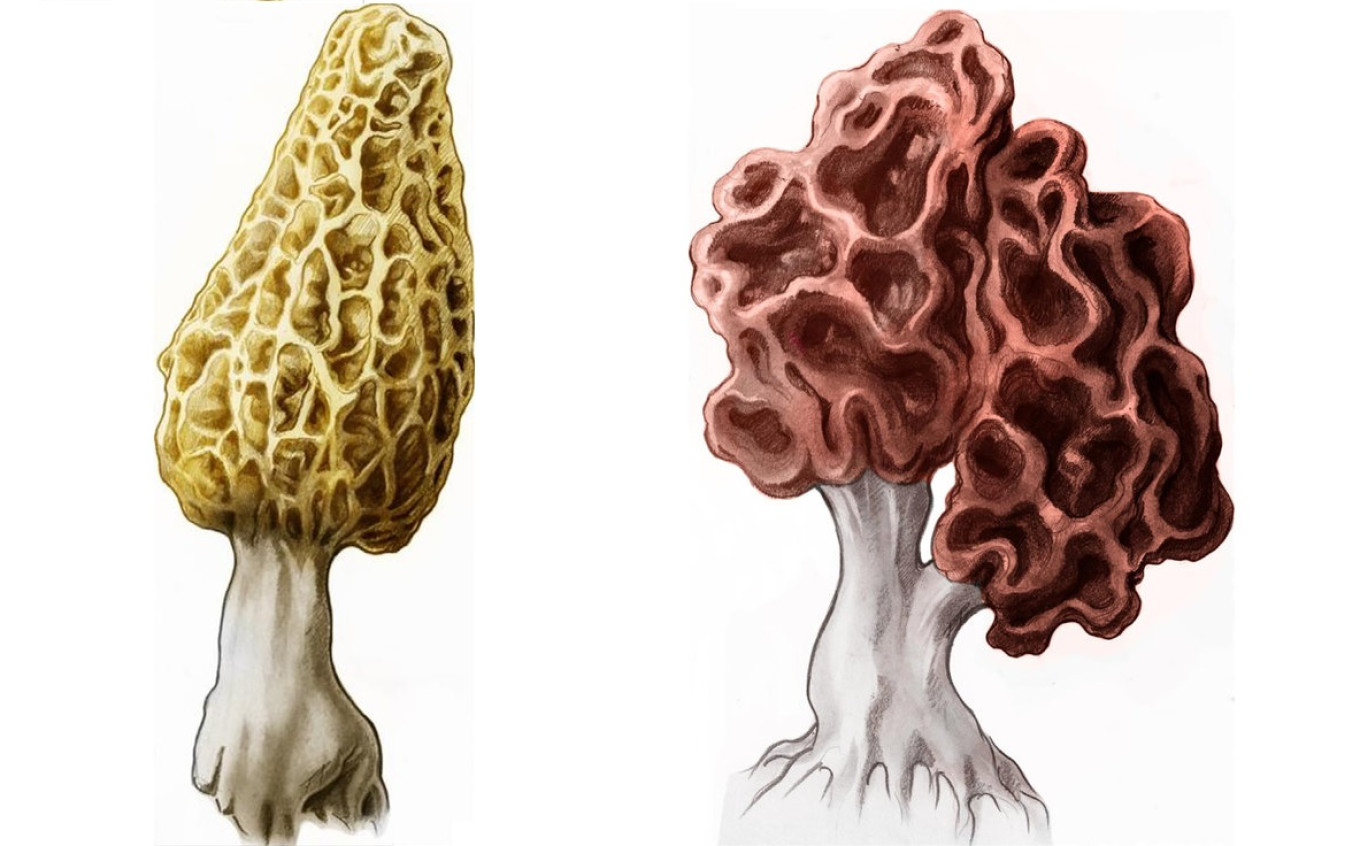
All of this, in one way or another, forced cooks to make a distinction between morels (which were respected in Europe) and suspicious false morels. And from then on in Russian texts строчки (false morels) were mentioned along with сморчки (morels).
Morels have been cherished in Europe almost since antiquity. The famous morel sauce is still the pride of many Michelin-star restaurants. Morels were used in soups, as a filling for baked goods and as a stuffing for meat and fish dishes. In fact, due to their robust yet delicate flavor, they competed with truffles.
It is not surprising that foreigners who settled in Russia quickly realized that Russian morels could be profitably exported abroad. And here again there was a need to separate the wheat from the chaff. The mushrooms suitable for European consumers were morels, not the dangerous false morels.
If this seems like ancient history — it isn’t. For many decades morels were part of Soviet exports. Who knows — maybe morels paid for some German machines still forging metal at some factory like Uralmash.
In any case, we will use a blend of Russian and European products to make a light and delicious morel pie.
Morel and Ricotta Pie
Ingredients
- 1 square no-yeast puff pastry
- 600 g (1 1/3 lb) fresh morels
- 250 g (1/2 lb) ricotta cheese
- 2 shallots
- 1 Tbsp butter
- 100 ml (scant ½ c) light cream (22% fat content)
- 1 egg
- 1/2 tsp dried thyme
- Salt, pepper
Instructions
- Rinse the mushrooms thoroughly under running water, cut into small pieces.
- Heat butter in a skillet, add the mushrooms and cook over medium heat until the liquid given off by the mushrooms evaporates.
- Add thinly sliced shallots and fry together with the mushrooms for another 5 minutes. Season to taste with salt and pepper. Let cool.
- Preheat the oven to 200°C /390°F.
- While the morels are cooling defrost the dough.
- Line a mold (25-26 cm/10 inches) with baking paper. Roll out the dough into a square, 5 cm (2 inches) larger than the diameter of the mold. Place the dough in the mold, prick with a fork and bake for 10 minutes.
- Break up the ricotta with a fork and mix with the cream and egg. Season with salt and pepper and add thyme. Add the morels and mix thoroughly. Fill the base of pastry with the prepared stuffing and put in the oven for another 30-35 minutes. Reduce the temperature to 180°C /355°F.
- Serve the pie slightly cooled.
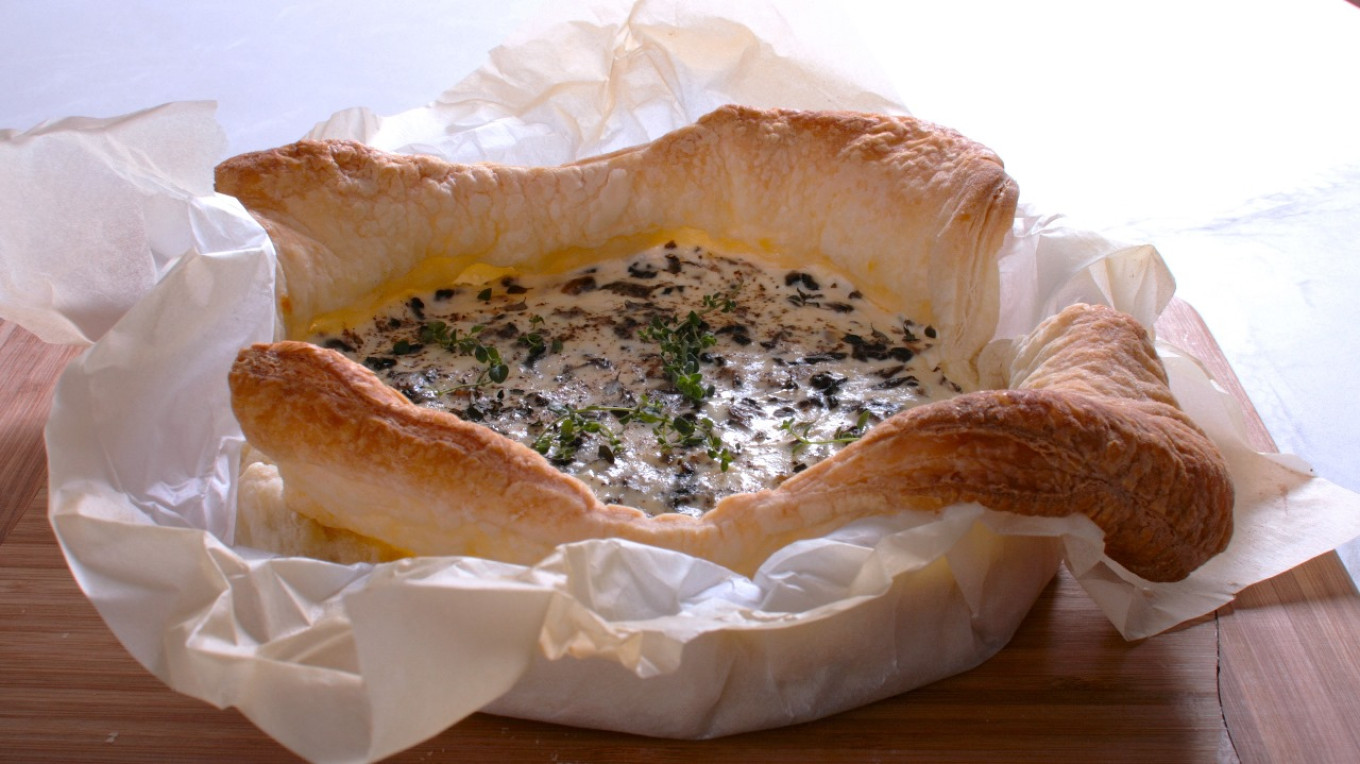
A Message from The Moscow Times:
Dear readers,
We are facing unprecedented challenges. Russia's Prosecutor General's Office has designated The Moscow Times as an "undesirable" organization, criminalizing our work and putting our staff at risk of prosecution. This follows our earlier unjust labeling as a "foreign agent."
These actions are direct attempts to silence independent journalism in Russia. The authorities claim our work "discredits the decisions of the Russian leadership." We see things differently: we strive to provide accurate, unbiased reporting on Russia.
We, the journalists of The Moscow Times, refuse to be silenced. But to continue our work, we need your help.
Your support, no matter how small, makes a world of difference. If you can, please support us monthly starting from just $2. It's quick to set up, and every contribution makes a significant impact.
By supporting The Moscow Times, you're defending open, independent journalism in the face of repression. Thank you for standing with us.
Remind me later.

